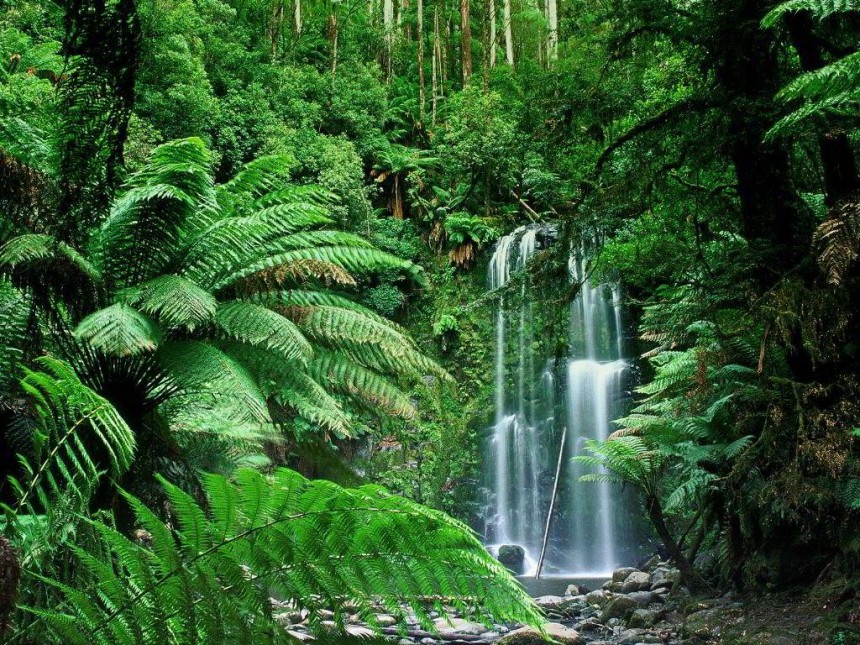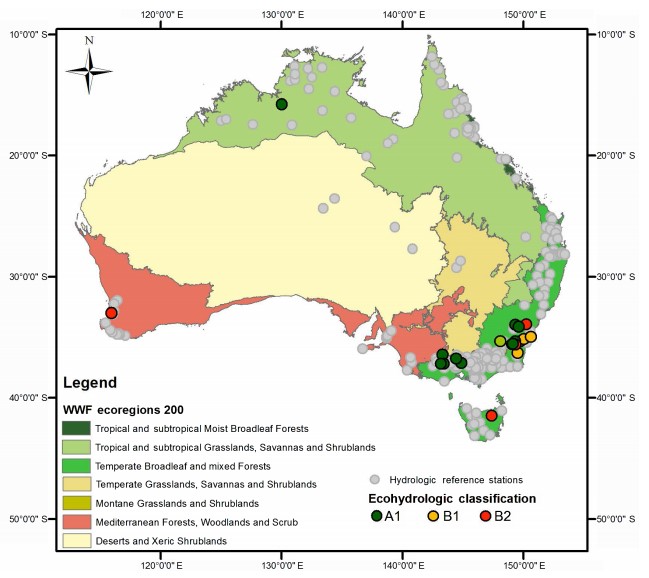Growing evidence that plants play a role in hydrological non-stationarity

A new study has found that vegetation plays a key role in driving hydrological non-stationarity across the Australian continent. The recent research, conducted by a team of scientists from Australia and the United States, showed runoff ratio’s sensitivity to annual fractional vegetation cover is similar or greater than sensitivity to annual precipitation in catchments with a non-stationary hydrologic response. Therefore, it highlights the role of vegetation dynamics in long-term hydrologic prediction.
The paper, published in Hydrology and Earth System Sciences, presents the first-ever data-based framework for explaining why catchments behave in a non-stationary manner by using data from 166 anthropogenically unaffected catchments (http://www.bom.gov.au/water/hrs/).
“These catchments provide the ideal natural laboratory to assess the impact of climate variability and vegetation dynamics on hydrologic response.” Said lead author Professor Hoori Ajami.
The researchers characterised non-stationary hydrologic behavior by assessing long-term trends in annual runoff ratio (ratio of discharge to annual precipitation) across hydrologic reference stations in Australia.
In their work, the team also formulated a novel ecohydrologic catchment classification framework. They did this by using information about the inter-annual variability of the catchment water balance (precipitation and annual evapotranspiration), and annual vegetation fractional cover obtained from remote sensing vegetation products.
In this classification, annual precipitation-fractional vegetation cover relationship provides the “first-order groupings” of the catchments. Further distinction within a group, depends on the catchment derived annual ET.
“This classification framework will inform future modeling experiments for determining contributing factors to non-stationary hydrologic response, and has important implications for hydrologic prediction and water resource management.” Said Professor Ajami.
Article: ‘On the non-stationarity of hydrological response in anthropogenically unaffected catchments: An Australian perspective’, Ajami, H., Sharma, A., Band, L., Evans, J., Tuteja, N., Amirthanathan, G. and Bari, M., Hydrology and Earth System Sciences, doi:10.5194/hess-2016-353

